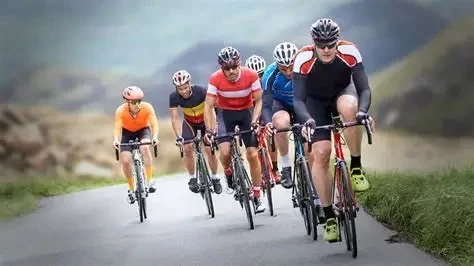
- what-is-a-gran-fondo
- what-makes-a-gran-fondo-unique
- how-to-train-for-your-first-gran-fondo
- nutrition-and-hydration-strategy
- gear-up-essentials-for-gran-fondo-success
- real-rider-story-first-gran-fondo-inspiration
1. What Is a Gran Fondo?
A Gran Fondo is a long-distance cycling event that combines the energy of a race with the inclusivity of a community ride. The term comes from Italy and translates to “big ride.” While distances can vary, most Gran Fondos range between 75 to 150 kilometers, featuring timed sections, hill climbs, and scenic routes.
Unlike professional races, Gran Fondos are open to all levels—from elite riders to casual cyclists looking to challenge themselves. These events are as much about camaraderie and personal achievement as they are about competition.
For gear recommendations tailored to Gran Fondo riders of all levels, Cycling Guider offers curated kits and upgrades that can enhance your performance and comfort.
2. What Makes a Gran Fondo Unique?
2.1 Mass Participation with a Racing Spirit
Gran Fondos feature mass starts, meaning you ride alongside hundreds or even thousands of cyclists. The atmosphere is electric, but you're still competing—at least against your own goals. Many events offer chip timing, so you can compare sections like climbs or time trials.
2.2 Supported Routes with Pro-Level Feel
Expect aid stations, mechanical support, and even cheering crowds. This support creates an environment that blends endurance challenge with race-day adrenaline, without the pressure of an elite-only field.
2.3 Global Growth
Gran Fondos originated in Italy but now span the globe. From the Maratona dles Dolomites to the Gran Fondo New York, these events attract cyclists from diverse backgrounds who share a love for the open road.
3. How to Train for Your First Gran Fondo
3.1 Build Endurance Over Intensity
If you’re new to long-distance cycling, begin by increasing your weekly mileage gradually. Aim to complete at least one ride per week that’s 75% of your event’s total distance. Mix in tempo rides and hill climbs to build strength.
3.2 Practice Back-to-Back Rides
To mimic race fatigue, do two medium-length rides on consecutive days. This helps your body adapt to sustained effort, which is key for a Gran Fondo.
3.3 Dial In Recovery
Stretching, rest days, and proper sleep are as important as the miles. Avoid burnout by planning cutback weeks where you reduce your training load.
3.4 Local Group Rides Help
Joining local group rides improves your drafting, pacing, and bike-handling skills. You’ll also get used to riding in a peloton—a huge plus when you're surrounded by 500 other cyclists on Fondo day.
4. Nutrition and Hydration Strategy
4.1 Eat Before You’re Hungry
Fueling starts the night before. On event day, eat a carb-rich breakfast at least 2 hours prior. During the ride, aim for 30–60 grams of carbs per hour through gels, bananas, or bars.
4.2 Hydration Is More Than Water
Use electrolyte tablets or sports drinks to replace sodium lost through sweat. Especially on warm days or hilly routes, dehydration can sneak up and derail your effort.
4.3 Train Your Gut
Use your training rides to test nutrition strategies. What works for one rider may upset another's stomach. Stick with what you’ve practiced to avoid GI issues on event day.
5. Gear Up: Essentials for Gran Fondo Success
5.1 Your Bike Setup Matters
You don’t need the lightest carbon bike, but it should be well-tuned. A compact crankset and wide-range cassette can make climbs easier, especially late in the day when fatigue sets in.
5.2 Comfort Is Performance
Invest in padded bib shorts, moisture-wicking jerseys, and a helmet with proper airflow. Chafing and overheating can be worse than tired legs.
5.3 Must-Have Accessories
Don’t forget a flat kit (spare tube, levers, CO2), front and rear lights, and a top-tube bag for snacks. If you want expert-tested accessories for long-distance rides, Cycling Guider has category-specific gear based on real rider feedback.
6. Real Rider Story: First Gran Fondo Inspiration
James, a 38-year-old from Bristol, completed his first Gran Fondo in Wales after only six months of training. “I was intimidated at first. I thought it was only for hardcore racers,” he said. But with a consistent training plan, smart nutrition, and a secondhand endurance bike, he finished in under five hours.
“The energy at the start line, the views in the valleys—it was unforgettable,” he shared. His advice? “Don’t overthink it. Just start riding and be consistent. The rest follows.”
He found most of his training gear and his upgrade-ready pedals through Cycling Guider, which helped him feel confident without overspending.


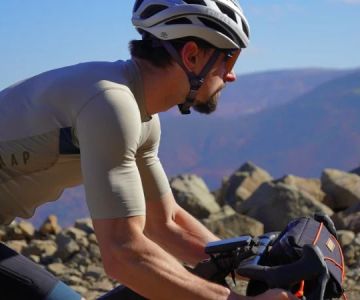
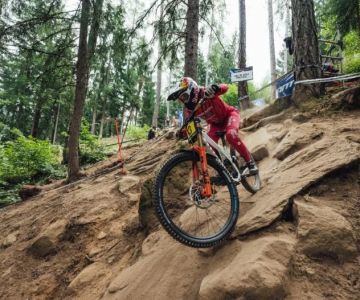


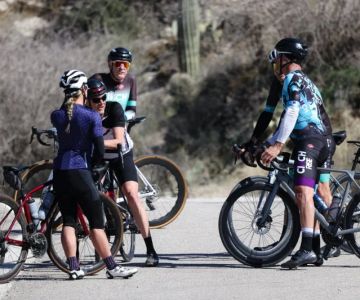
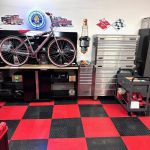 Billet BMX5.0 (2 reviews)
Billet BMX5.0 (2 reviews)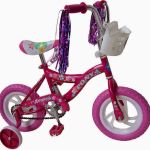 Far East Children Bicycle Factory1.0 (1 reviews)
Far East Children Bicycle Factory1.0 (1 reviews) Archer Motorsports, Inc.4.0 (8 reviews)
Archer Motorsports, Inc.4.0 (8 reviews) YEP Bike Works4.0 (55 reviews)
YEP Bike Works4.0 (55 reviews) Gorham Bike & Ski4.0 (498 reviews)
Gorham Bike & Ski4.0 (498 reviews) Alchemy Bikes4.0 (37 reviews)
Alchemy Bikes4.0 (37 reviews) How to Teach Kids to Ride a Bike: A Step-by-Step Guide for Parents
How to Teach Kids to Ride a Bike: A Step-by-Step Guide for Parents Tips for Riding on Busy City Streets: Smart Strategies for Urban Cyclists
Tips for Riding on Busy City Streets: Smart Strategies for Urban Cyclists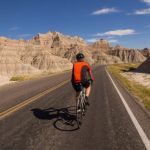 Best US National Parks for Mountain Biking: Ride Epic Trails Across America
Best US National Parks for Mountain Biking: Ride Epic Trails Across America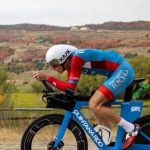 Best Aero Helmets for Time Trials and Racing
Best Aero Helmets for Time Trials and Racing How to Clean and Lubricate Your Bike Chain Like a Pro
How to Clean and Lubricate Your Bike Chain Like a Pro 10 Must-Have Items for Long-Distance Cycling Trips
10 Must-Have Items for Long-Distance Cycling Trips